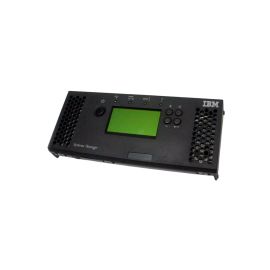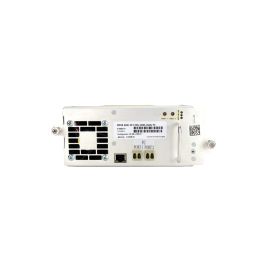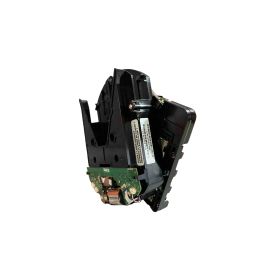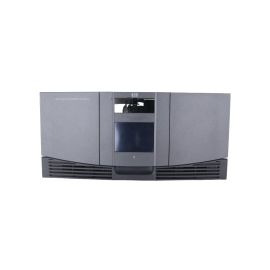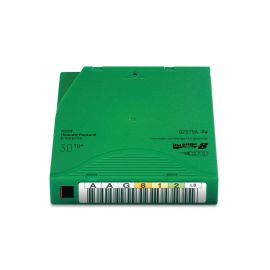-
All Categories
-
Hard Drives
- Hard Drives By Brands
- Hard Drives By Interface
- Hard Drives By Spindle Speed (RPM)
- Hard Drives By Cache (Buffer)
- Hard Drive By Capacity
- Hard Drives By Category
-
CPUs & Processors
- CPUs & Processors By Brands
- Hard Drive By Capacity
- CPUs & Processors By Family
- Intel Core Processors Family
- CPUs & Processors By Socket
- CPUs & Processors By Core
-
Memory
- Memory By Brands
- Memory By Category
- Memory By Capacity
- Memory By Speed
- Memory By Type
- Memory By Pins
-
Solid State Drive (SSD)
- SSDs By Brands
- SSDs By Flash Type
- SSDs By Form Factor
- SSDs By Form Factor
- SSDs By Capacity
- SSDs By Interface
-
Graphics Cards
- Graphics Cards By Manufacturers
- Graphics Cards By Capacity
- Graphics Cards By Memory Type
- Graphics Cards By Intel Series
- Graphics Cards By Nvidia Series
- Graphics Cards By Ports
-
Motherboards
- Motherboards by Brands
- Motherboards by Socket Types
- Motherboards by Form Factors
- Motherboards by Categories
- Motherboards by Memory Types
-
Hard Drives
-
CPUs & Processors
- CPUs & Processors
- CPUs & Processors By Brands
- CPUs & Processors by Category
-
CPUs & Processors By Family
- Xeon Platinum
- Xeon Gold
- Xeon Silver
- Xeon Bronze
- Xeon E7 Family - v4
- Xeon E7 Family - v3
- Xeon E7 Family - v2
- Xeon E7 Family
- Xeon E5 Family - v4
- Xeon E5 Family - v3
- Xeon E5 Family - v2
- Xeon E5 Family
- Xeon E3 Family - v6
- Xeon E3 Family - v5
- Xeon E3 Family - v4
- Xeon E3 Family - v3
- Xeon E3 Family - v2
- Xeon E3 Family
- Intel Core Processors Family
- CPUs & Processors By Socket
-
CPUs & Processors By Core
- Tetraconta-Core (40-Core)
- Octatriaconta-Core (38-Core)
- Hexatriaconta-Core (36-Core)
- Dotriaconta-Core (32-Core)
- Octacosa-Core (28-Core)
- Hexacosa-Core (26-Core)
- Docosa-Core (22-Core)
- Tetracosa-Core (24-Core)
- Icosa-Core (20-Core)
- Octadeca-Core (18-Core)
- Hexadeca-Core (16-Core)
- Pentadeca-Core (15-Core)
- Tetradeca-Core (14-Core)
- Dodeca-Core (12-Core)
- Deca-Core (10-Core)
- Octa-Core (8-Core)
- Hexa-Core (6-Core)
- Quad-Core (4-Core)
- Dual-Core (2-Core)
-
Memory
-
Motherboards
-
Accessories & Batteries
- Cooling Fans & Heating Sink
- cooling-fans
- heatsink
- Batteries
- laptop-battery
- miscellaneous
- Input Devices
- keyboards
- mouse
-
Cables & Adaptors
- Cables
- data-cables
- ide-cables
- sas-cables
- Adaptors
- power-adapter
-
cisco-switches-router
- dell-power-supply-90w-auto-air-dc-adapter
- samsung-c34h890wgr-computer-monitor-86-4-cm-34-3440-x-1440-pixels-ultrawide-quad-hd-silver
- supermicro-fan-0114l4-computer-case-9-2-cm-black
- gigabyte-aorus-radeon-rx-7900-xtx-elite-24g-amd-24-gb-gddr6
- gigabyte-aorus-geforce-rtx-4070-ti-master-12g-nvidia-12-gb-gddr6x
-
Audio & Video
- Monitors
- laptop-lcd-led-screen
- touch-screen-lcd-led
- lcd-led-monitors
- Videos & Graphics
- graphics-cards
- video-cards
- Networking Devices
-
PC & Servers
- Desktops
- Desktop Darebone
- Servers
- Server Accessories
- Laptop Systems
- Laptop Systems
- Tablet PCs
- Tablet PC Systems
- Work Stations
-
Printers & Scanners
- Printer Accessories
- Automatic Document Feeder
- Printers
- Receipt Printer
- Scanners
- Barcode Scanners
- Printer & Cartridges
- Ink Cartridges
-
Hard Drives
Search
For support call us at
(855) 483-7810 Free Shipping upto 10LBS
Free Shipping upto 10LBS 30 day return policy
30 day return policy Customer support
Customer support



